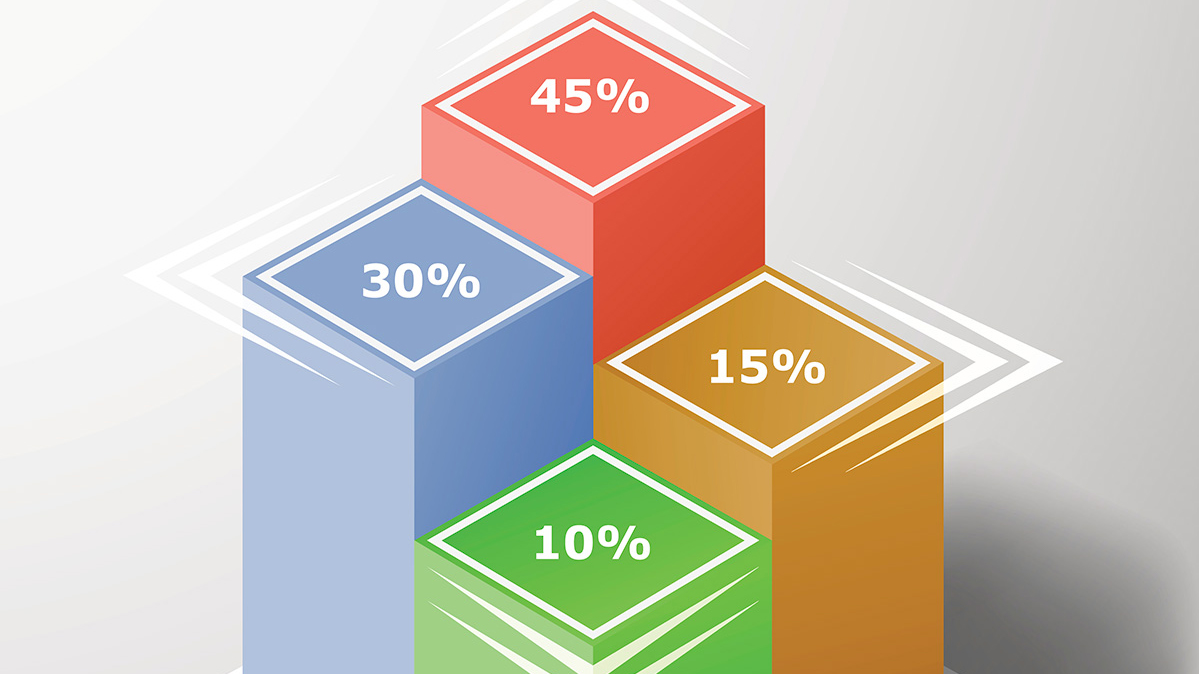A good metric is only the start of an effective performance-based incentive plan
Introducing Main Data Group’s revised plan-based awards report

Introducing Main Data Group’s revised plan-based awards report

Short- and long-term incentive programs are intended to align the economic interests of the company and its executives. Plan designers need to ensure:
These conditions are codependent. To be effective, the performance objectives for even a simple plan with a single performance metric must be calibrated to ensure a fair tradeoff between the performance target and the associated payout.
Each additional performance metric in the mix increases the plan’s complexity:
Analyzing your peers’ short- and long-term incentive awards provides essential insight into the competitive landscape. Taken together, five elements—metrics, weightings, performance terms, performance threshold/target/maximum ranges, and associated payouts—provide a complete picture of each peer’s incentive program. A side-by-side comparison of the peers succinctly distinguishes common from unusual features and shows how the elements interact. Ultimately, this insight can provide strong market corroboration for fine-tuning your own incentive plans.
MDG’s revised plan-based awards report provides a rigorous framework for analyzing your peers’ incentive plan designs. It cuts through a lot of the clutter typical of CD&A descriptions to focus on the essential elements of incentive plan design:
While this report will still include more granular data available for analyses, our newest version of the plan-based awards report showcases the five criteria that are most essential to incentive plans. This information is presented in a display that easily permits comparison between peers and executives.
The new version can be accessed now by clicking on “plan-based awards” under the reports section of the peer group’s plan-based awards drop-down menu. Users who prefer to migrate more slowly can still access the older version under the title “plan-based awards (legacy)” in the drop-down list of reports.
